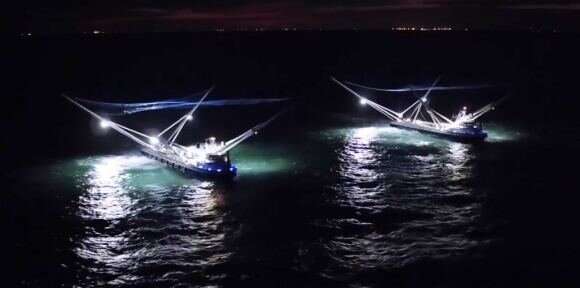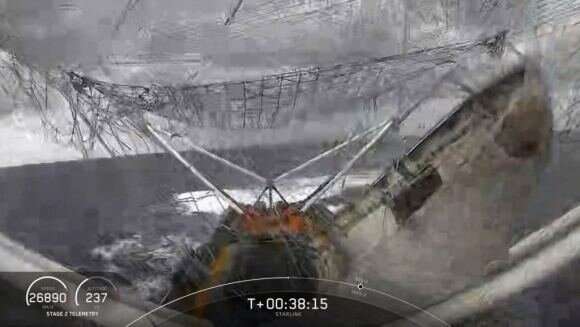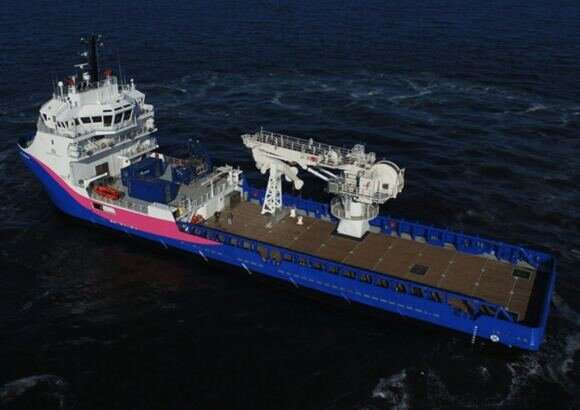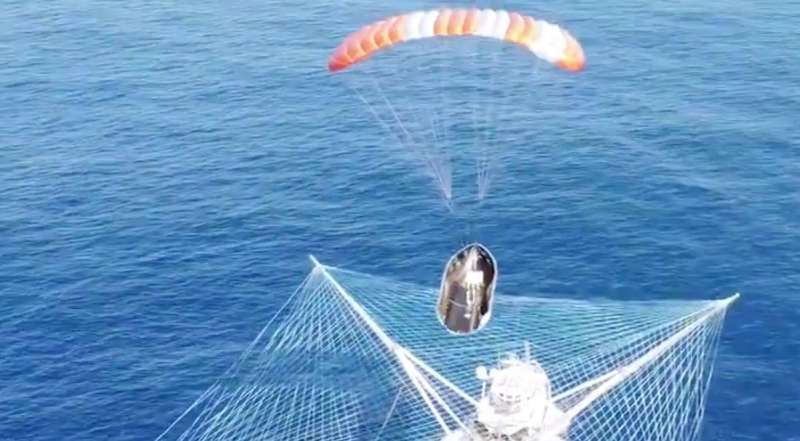Tree and Ms. Chief. The two ships were fitted with custom nets and advanced computer controlled systems and sent out into the ocean to attempt to catch the fairings from SpaceX launches as they fell back to Earth.
The problem is they were successful less than 20% of the time. SpaceX attempted 50 fairing catches, and only succeeded in nine of them. In some instances, the ships actually did catch the fairing, but then the net ripped, or the fairing was blown out of the net by the parasols it was still attached to. Additionally, the ships themselves were damaged repeatedly, with one losing some of its attached arms in a storm.

The two fairing catching ships Ms. Tree and Ms. Chief side-by-side with nets deployed. Credit: SpaceX 
Image of a failed catch by Ms. Tree where the fairing broke through the net. Credit: SpaceX
So the company has started doing the next best thing—fishing the fairing out the water directly. Elon Musk himself confirmed as much on Twitter recently. Economically, it must make more sense to simply refurbish the fittings rather than continuing to attempt to catch them.
SpaceX has now sold off Ms. Tree and Ms. Chief and purchased a much larger fairing recovery vessel called the Shelia Bodelon, which has not yet been christened with a whimsical name. That might be because it is a temporary arrangement, as the Shelia Bordelon is originally designed for undersea exploration, and much of the ship's space is taken up with an autonomous underwater vehicle.

The pink and blue ship joins a fleet of two other vehicles used for Dragon Capsule recovery—GO Searcher and GO Navigator. These ships have also already spent some time fishing fairings out of the ocean, with 16 recoveries between them. They have specialized nets installed that would enable what SpaceX is calling "wet recovery," which allows them to scoop fairings out of the sea rather than craning them out.
With the final push for Starlink happening soon, there will be plenty more fairings to recover no matter how it gets done. SpaceX watchers can be sure that whichever process is more economically viable is the one the company will take.
Explore further



